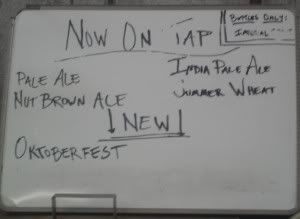Antioxidants – one of those buzzwords you hear in advertising a lot. I think we've heard it so much that it's one of those terms that sort of goes in one ear and out the other.
The other night, my husband asked me exactly how (why) Cancer forms in our bodies, since we've recently discovered our 16-year old dog has tumors.
So, I started doing some research. I found a very interesting (albeit complicated) graphic from a study called "The role of phytochemicals in inhibition of cancer and inflammation":
(By the way, phytochemicals are plant-based chemical compounds that contain antioxidants.)
http://en.wikipedia.org/wiki/Phytochemicals
Let's just concentrate on the blue "clearance" box at the top right. In order to "clear" our blood of carcinogens, there is only one path: detoxification. Another health buzzword that perhaps we should be paying more attention to: detox. There are many products on the market that promise to detox you, but the fact of the matter is, you can easily get the antioxidants you need for detox in everday food – in particular fresh, local fruits and vegetables!
Some of the ones this study mentions are: prunes, raisins, blueberries, blackberries, strawberries, raspberries, red bell pepper, plums, onion, brussels sprouts, broccoli, beets…the list goes on. That said, if you're one of those people who just can't stomach a lot of fruits and veggies, please do invest in a good supplement. And don't forget the antioxidant-rich teas such as green tea and yerba mate.
Now, on the more daunting bottom half of this graphic. I'm not even going to bother to try and explain all of this, other than to say there seem to be no good paths after the carcinogen turns into an "Ultimate Carcinogen". There is a place where Apoptosis, or cell death, occurs, which appears to be a good thing in this graphic, but it doesn't say how that happens. Anyway, All kinds of scary things are going on now that detox has not occurred – DNA Damage, Inflammation, and ultimately carcinogenesis – yes, the creation of cancer. http://en.wikipedia.org/wiki/Apoptosis
http://en.wikipedia.org/wiki/Carcinogenesis
This graphic gave me and my family pause. Get your fresh fruits and veggies in your diet, please.













